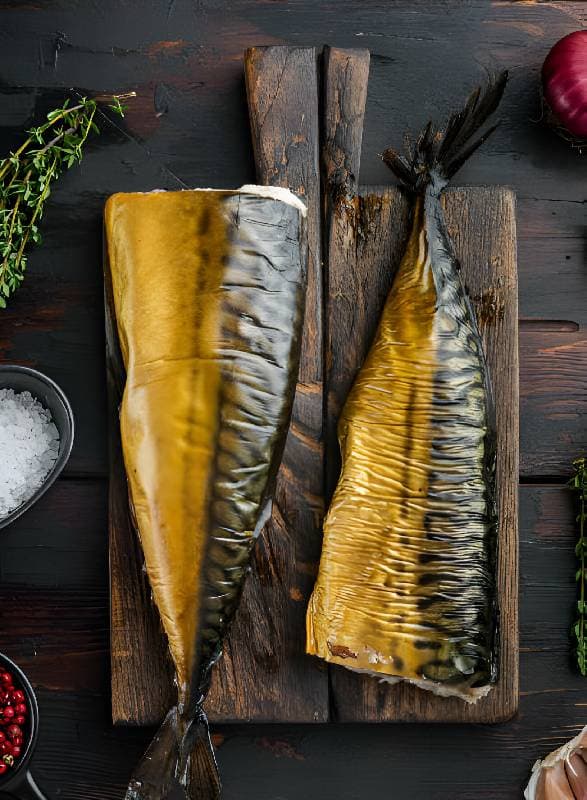cooking smoked fish
Smoking fish is an age-old tradition that not only preserves the fish but also imparts a unique flavor that’s hard to replicate with any other cooking method. Whether you’re a seasoned chef or a home cook looking to try something new, understanding the best way to cook smoked fish can elevate your culinary skills and introduce you to a world of flavors.

Understanding Smoked Fish
Smoked fish comes in many varieties, each with its own distinct taste and texture. The process involves curing fish by smoking it over wood, which can be done through hot or cold smoking methods. The key to a successful smoked fish lies in the selection of the right fish, the preparation, the smoking process, and proper storage.
- Hot smoking cooks the fish as it smokes, while cold smoking requires curing the fish before smoking at lower temperatures.
- Popular choices for smoking include salmon, trout, mackerel, and herring due to their high oil content, which absorbs smoke well and results in a moist, flavorful product.
Selecting the Right Fish for Smoking
Choosing the right fish is crucial for achieving the best results in smoking. Fish with a high oil content, such as salmon, mackerel, and herring, are ideal because they absorb smoke more effectively and maintain a better texture after smoking.
For more information on selecting the right fish, consider reading about the Honey Glazed Salmon Recipe, which provides insights into choosing quality fish for cooking.
Preparation for Smoking
Proper preparation is key to ensuring your smoked fish turns out flavorful and safe to eat. This involves cleaning, filleting, and then either salting or brining the fish before smoking.
Ingredients and Quantities for Brine:
- Table salt: 1 cup
- Water: 7 cups
- Fish: 2-3 pounds
Salting and brining are essential steps that help in flavoring the fish and preserving it. A basic brine ratio is 1 part table salt to 7 parts water, suitable for 2-3 pounds of fish.
Discover more about fish preparation with our guide on One-Pan Spicy Tomato Caper Fish Recipe, which includes tips on preparing fish for cooking.
Smoking Process
The smoking process is where the magic happens, transforming simple fish into a delicacy. The choice of wood, temperature, and smoking time all play crucial roles in determining the flavor and texture of the final product.
- Use hardwoods like maple, oak, or alder for a smooth, smoky flavor.
- Maintain an internal temperature of 160°F for at least 30 minutes to ensure the fish is cooked properly and safe to eat.
Enhance your smoking technique by exploring the Trout with Garlic Lemon Butter Herb Sauce recipe, which offers additional insights into the smoking process.
Advanced Techniques and Tips
Exploring advanced smoking techniques can help you customize the flavor and texture of your smoked fish. Experimenting with different types of wood or combining hot and cold smoking methods are just a few ways to enhance your smoked fish.
Safety Considerations
Ensuring your smoked fish is safe to eat is paramount. Always maintain the correct internal temperature and follow food safety guidelines to prevent foodborne illnesses.
Storage and Preservation
Correctly storing your smoked fish will extend its shelf life and maintain its quality. Refrigerate or freeze the fish according to recommended guidelines to keep it safe and delicious for as long as possible.
FAQs
- How long does smoked fish last? Properly stored, smoked fish can last up to two weeks in the refrigerator and several months in the freezer.
- Can you smoke fish without a smoker? Yes, you can use a charcoal grill or even an oven with the right setup.
- What’s the difference between hot smoking and cold smoking? Hot smoking cooks the fish during the smoking process, while cold smoking requires curing the fish first and smoking it at lower temperatures.
Incorporating these steps and tips into your cooking process will ensure that your smoked fish is not only delicious but also safe to eat. Whether you’re a novice or an experienced cook, mastering the art of smoking fish can add a new dimension to your culinary repertoire.


